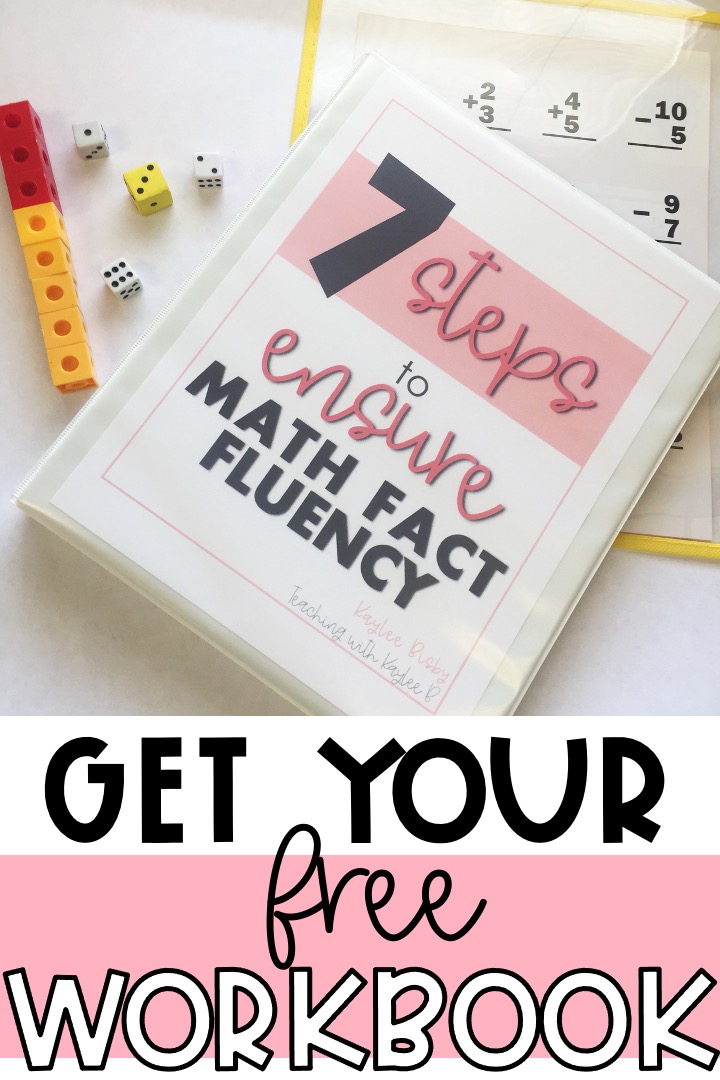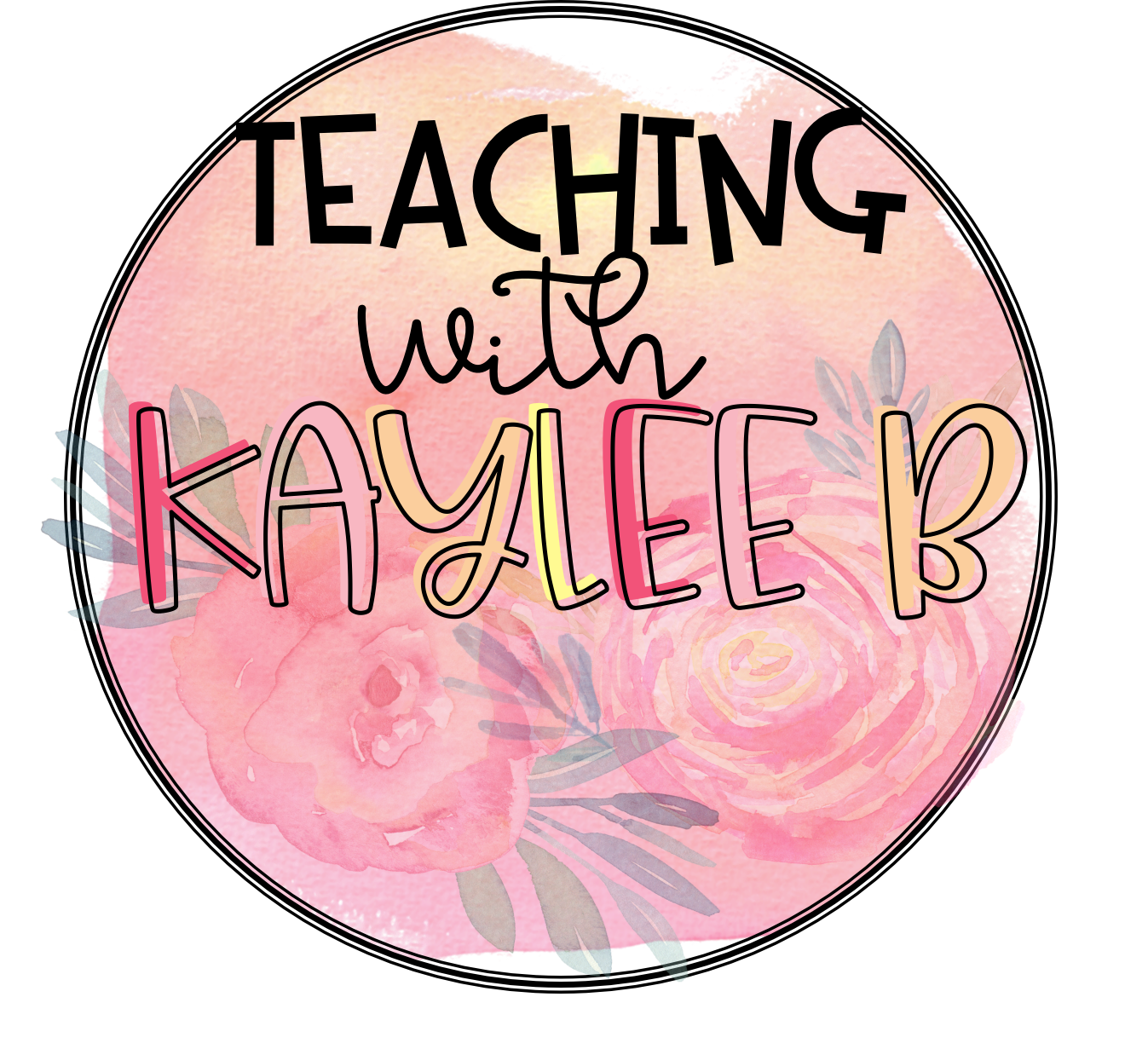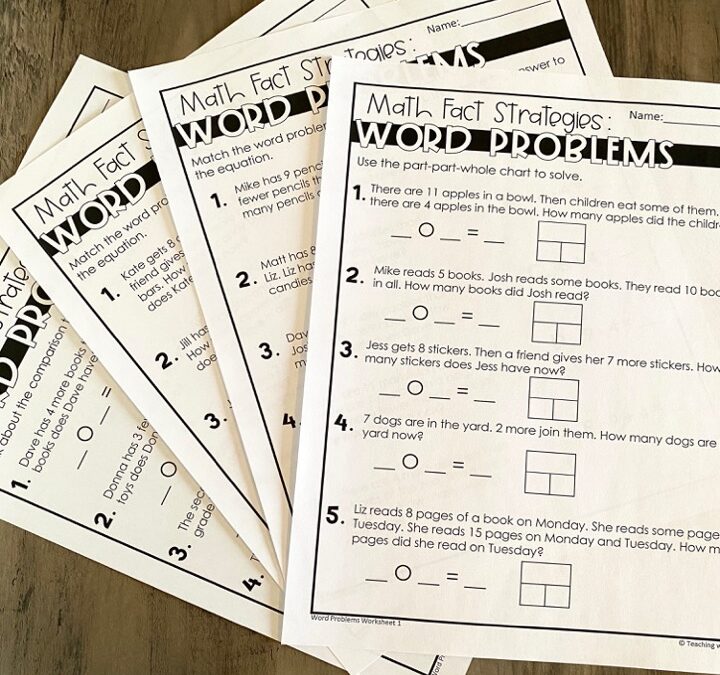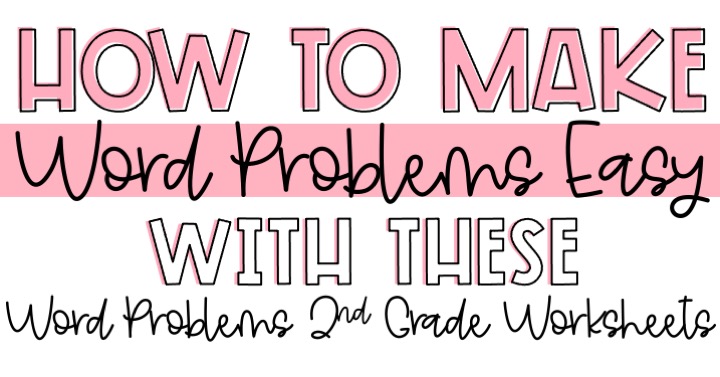 Have you ever gotten the why question from your students? Why do we practice math facts? Well it’s so we can solve problems! So our curriculums put in word problems for our students to practice as well. But some of these word problems are hard for students. Students are not sure if they should add or subtract. That’s why in this blog post, I’m sharing how to make word problems easy with these word problems 2nd grade worksheets.
Have you ever gotten the why question from your students? Why do we practice math facts? Well it’s so we can solve problems! So our curriculums put in word problems for our students to practice as well. But some of these word problems are hard for students. Students are not sure if they should add or subtract. That’s why in this blog post, I’m sharing how to make word problems easy with these word problems 2nd grade worksheets.
I like to help my students with word problems with math facts because then they can worry more about understanding what the word problem is asking rather than using 3 digit addition or subtraction strategies. It’s a baby step to 3 digit addition and subtraction strategies. Plus, practice with math facts never hurts. But it does help students when they are fluent with math facts.
Did you know just like there is a science to learning to read, there is a science to learning math facts? I’m sharing my 7 Steps to Ensure Math Fact Fluency free workbook for 1st and 2nd grade teachers to walk you through the science of it all. Download it free here.
So let’s get started on how to make word problems easy with these word problems 2nd grade worksheets.
Word Problems 2nd Grade Worksheets
Now when I’m talking about “these” word problem worksheets, I’m talking about a resource I use with my students. After seeing how students struggled with word problems, I scaffolded task cards and worksheets to help students understand the problem and to know what operation to use. Students can easily get confused on whether they need to add or subtract. But by knowing the different kinds of word problems, they can know what to do easier.
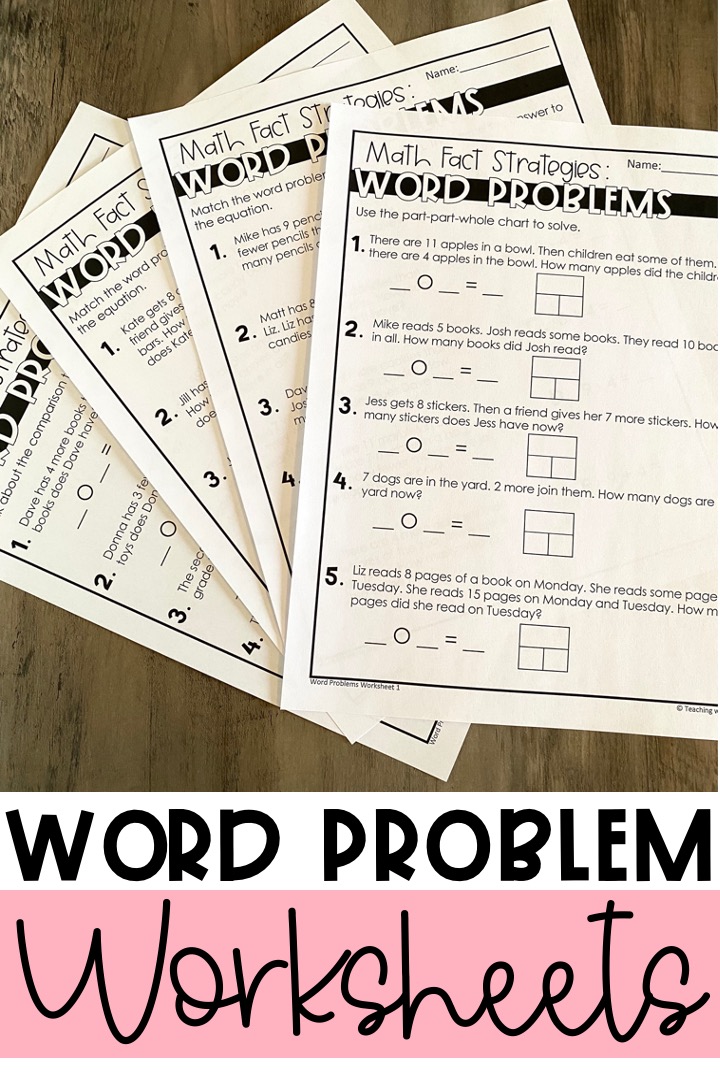
I break these problems down into two types, part-part-whole word problems and comparison word problems.
With part-part-whole word problems you can make a part-part-whole diagram and then ask students what are the parts and what are the whole. Where the unknown are in the diagram helps us know whether to add or subtract.
If you know the 2 parts but don’t know the whole, you add. If you know one part and the whole, but don’t know the other part, you subtract.
Let me give you an example. Tom has 5 red marbles and 8 blue marbles. How many marbles does he have in all. I would start off by asking my students, do we know how many marbles in all? No, because we don’t know how many red and blue marbles there are together. The red and blue marbles are the parts. So we add the two parts. 5+8=13, so there are 13 marbles in all.
I like to show my students lots of examples so they can start to see patterns. Here is another word problem you can use as an example. Tim reads 5 books. Deb reads some books. They read 11 books in all. How many books did Deb read?
To solve this we would draw a part-part-whole diagram. I would ask students if they know how many books they read in all? Yes, 11. So that’s the whole. Do we know how many Tim reads? Yes, so a part is 5. Do we know how many books Deb reads. No, so we don’t know one of the parts. When we have a whole and a part, we subtract. 11-5=6, so Deb reads 6 books.
I would continue to show students problems like these until they start seeing the pattern. Remember the pattern we want them to see is that if you know the 2 parts but don’t know the whole, you add. If you know one part and the whole, but don’t know the other part, you subtract.

Then I would get students lots of practice with part-part-whole word problems. I use task cards as a scoot activity. I have students work with a partner for a little extra support. I love how they talk out the problems. Then I go around and help students. I have them record their answers on a recording sheet. This sheet has the part-part-whole diagram for each problem. So students get practice thinking about what parts they know and what parts they don’t. Find the task cards and worksheets I use here.
Comparison Word Problems 2nd Grade Worksheets
Now that students have got those part-part-whole word problems down, I want to show them examples of comparison word problems.
Comparison problems get you thinking who has more or less. The best way to have students thinking about this is to think about the number they give us and then if the answer would be more than that number or less. Then they can know if they add or subtract.
Bill has 4 more toys than Tom. Tom has 8 toys. How many toys does Bill have?
Then I would ask my students questions to help them think through the problem. Do we know how many toys Tom has? Yes, he has 8. Do we know how many Bill has no. Would Bill have more or less toys than Tom. More. So we know we will add. 4+8=12. Bill has 12 toys.
Then I would give students lots of practice with comparison word problems. Again, I would use task cards as a scoot activity. I have them record their answers on a recording sheet. These worksheets have a spot where they can circle “more or less” to get them thinking if they add or subtract. Find the task cards and worksheets I use here.
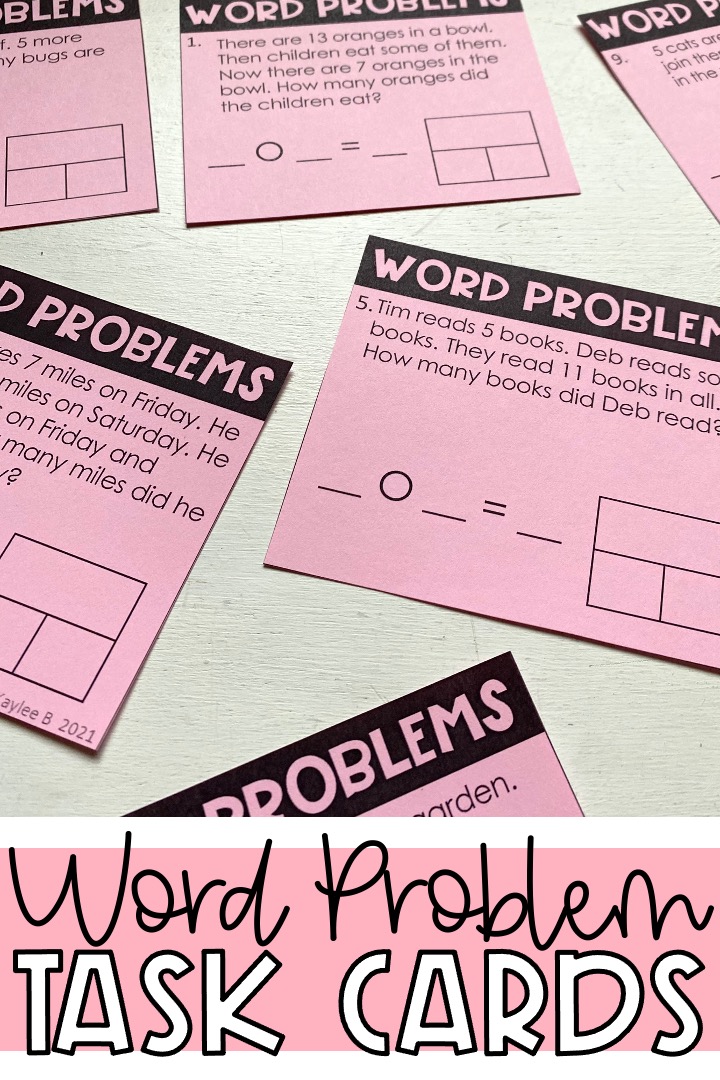
Word problems can be tricky for students. But if they see plenty of examples of the different types of word problems it will help them out. I love to see that by giving students a little support they can go a long ways. Find my Word Problem 2nd Grade Worksheets I use in my classroom here. Since these word problems have students practice addition and subtraction facts 1-20, they are great for 1st grade as well. Find them here.
Looking for help getting your students to math fact mastery, download my free workbook here. Or read this blog post here: 5 Ways to Help Kids Memorize Basic Math Facts
